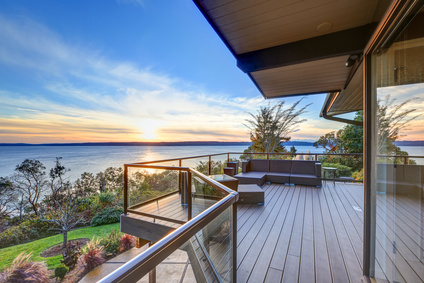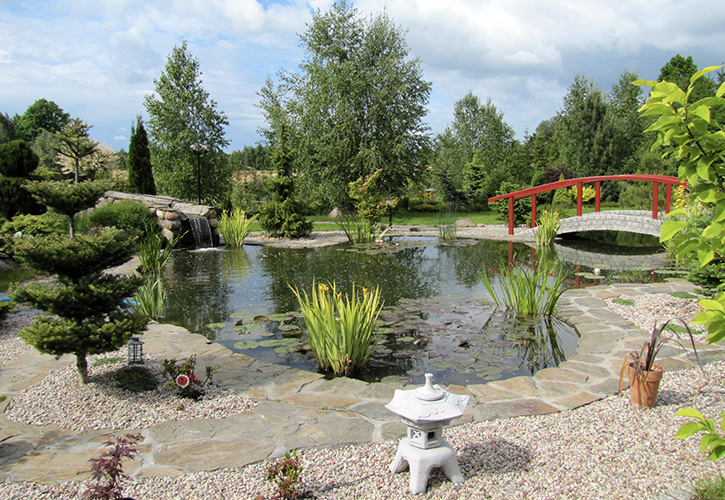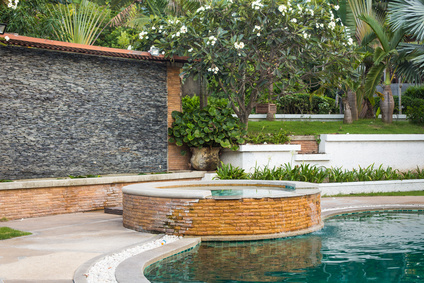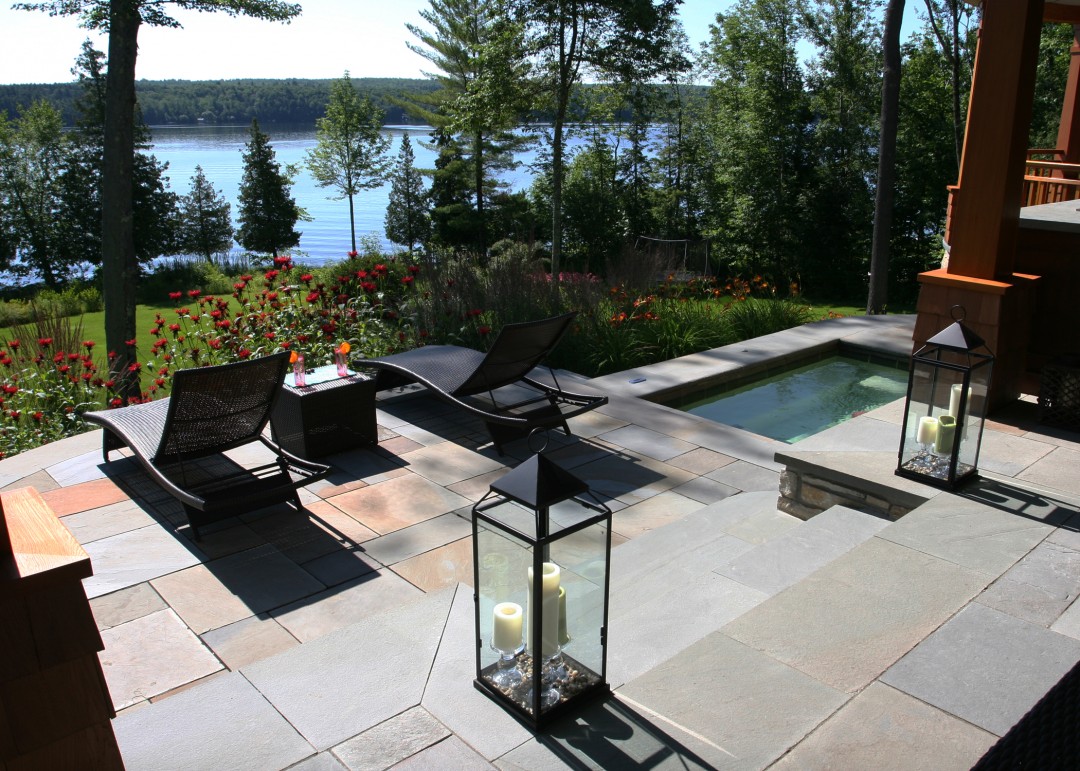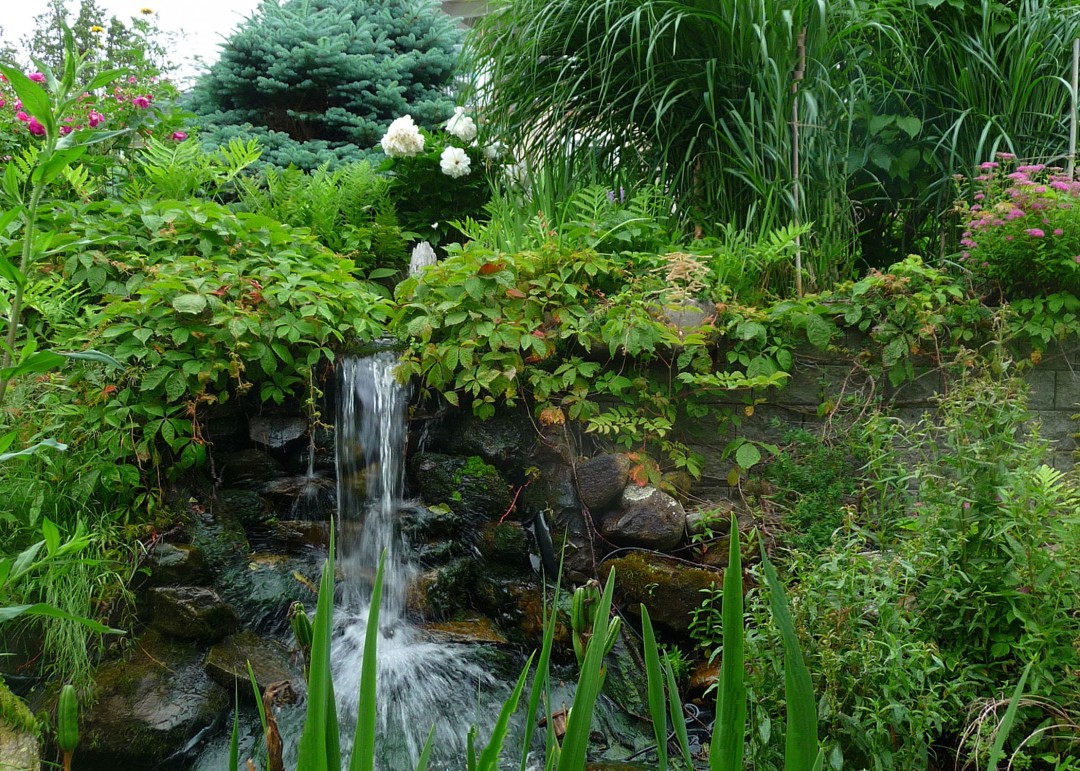You own a piece of land located next to the water and want to make it more beautiful? By doing some research online, you realize that building a shoreline seems much more complex than expected! There are indeed many things to think about before proceeding with the development of your waterfront property. Here are three secrets to help you with waterfront landscaping.
1. Protected shorelines preserves the quality of the water body
Well-protected shorelines have lush vegetation. Keep the trees along the shoreline of your lake or other wetlands, because their roots filter the water, which helps getting rid of the overflow of phosphorus and sediment it may contain.
To keep a body of water in great condition, make sure to plant trees or shrubs and vegetation nearby, if you haven’t done so already. This will prevent erosion of your lake’s shoreline and protect the quality of the lake’s water. Be careful of government laws on shoreline protection, because you cannot do anything you want. For instance, you wouldn’t be allowed to:
- Use waterproofing materials, such as concrete, to create a pathway to the water;
- Alter the water’s edge;
- Add sand to a shoreline.
2. Some plants are better suited for the shoreline’s landscaping
If you don’t want to plant trees along the shoreline, don’t worry! Many plants are just as suitable for riparian landscaping. Here are a few examples that you could incorporate into your new landscaping.
Herbaceous plants
Perennial plants, although they die every year, have roots that are preserved in the soil, which make them grow every summer. Therefore, they do not require much care and maintenance. Moreover, the majority of them produce beautiful flowers! These plants are therefore the ideal option if you are looking for something that grows quickly and doesn’t require a lot of maintenance!
Shrubs and vines
Shrubs and vines are woody plants that make an excellent enhancement to your landscaping. Because their roots are very deep and much stronger than those of herbaceous plants, they help harden the soil and help reduce erosion. These plants also produce fruits that can help feed wildlife. Finally, they’re usually well appreciated by their owners because of the flowers they grow.
3. Natural elements protect the ecosystem
Vegetation not only makes your shoreline look good, it also helps to protect its ecosystem. Indeed, there’s many important advantages of a riparian buffer. First, the deep roots of the vegetation allow for better stabilization of the soil around the watercourses. It’s also a physical barrier against erosion because, as mentioned above, the roots absorb sediment from runoff before it can reach the water body. Riparian strips also help slow down the stream flow’s speed. Finally, trees protect the shoreline from the harmful effects of wind and sun.
The ultimate secret to successful waterfront development? Achieving a beautiful result that meets your expectations, while respecting the environment and the laws put in place to protect it. After all, a well-designed shoreline is as attractive to you as it is helpful to nature; what more could you ask for? If you would like to learn more about landscaping, consult our guide on the 7 steps to successful landscaping.


